OK, OK. We were wrong about self-service supermarkets (The Grocer, 1947). But our doubts about the Carbon Trust label (The Grocer, 2007-8)have proved well founded, with Tesco abandoning the scheme after four years of frustration.
It’s not yet over for the footprint. A number of manufacturers are sticking with it for the time being. But with Tesco’s withdrawal, the credibility of this eco-label scheme looks doomed as a viable mass market environmental standard. And there are two reasons for this.
It’s too costly. From the outset, the time taken to analyse a single product was prohibitive, as it took months of supply chain and human behavioural cost analysis. Tesco hoped that if others joined in, the costs would be shared. Even before the economy nosedived, that was a naïve hope. As focus turned to pure cost, the label took on the footprint of a white elephant.
But above all, this label was simply too complicated to be useful… to the consumer. In helping manufacturers and retailers to understand the impact of processes, we’ve been able to run several stories in the past about how signing up to the Carbon Trust scheme had identified CO2 savings. But for every useful question it answers, the label raises many times more.
For example, in 2008, British Sugar claimed to have cut electricity by 10% as a result of signing up to the Carbon Trust-endorsed PAS 2050 standards. So far so good. But in identifying that one kilogram of sugar required only 600g of carbon, it contrasted its impact with that of a kilogram of crisps, which emitted two kilograms of CO2, it claimed. That’s not only unhelpful for a manufacturer such as PepsiCo, whose Walkers crisps were the first product to embrace the carbon footprint label. It’s confusing. What is a consumer supposed to think? Similarly, a Boots study concerning shampoo found that 93% of the CO2 resulted from the consumer washing their hair. Or 97% if they washed it twice. How instructive is that?
The environmental impact of the weekly shop is deeply complex. In an age of information overload, a micro-analysis of products adds cost and confusion. Who’s got time for that?
Sign in to comment on this article
Not logged in before? Register for FREE guest access today.
You will be able to:
- Read more stories
- Receive daily newsletters
- Comment on stories
Advert


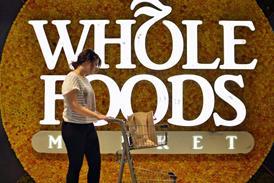
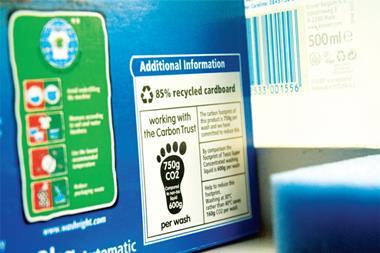
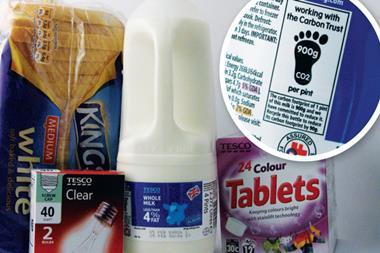

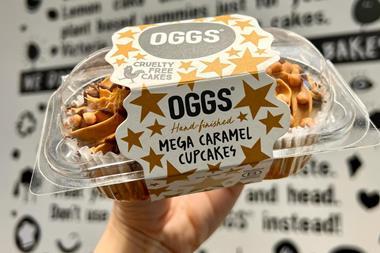


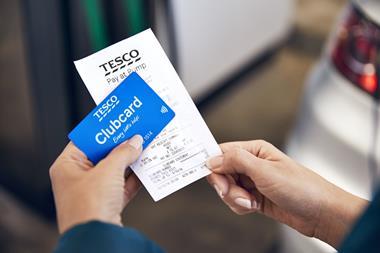
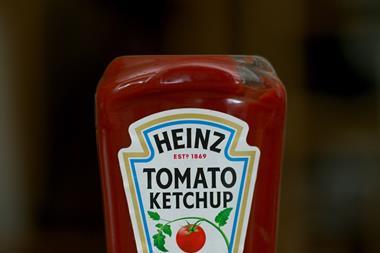
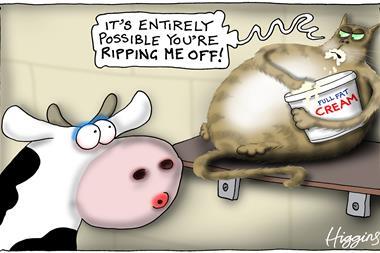
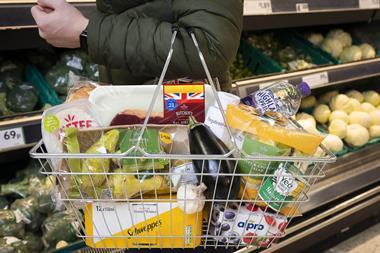

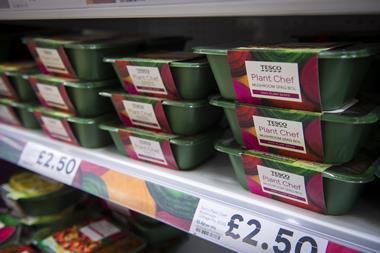
No comments yet